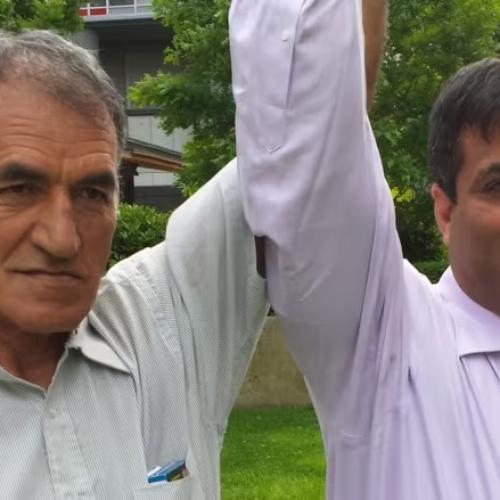Related Stories
When A Child Moves to Nepal
Key Excerpts from Article on Website of New York Times
Posted: June 22nd, 2011
http://parenting.blogs.nytimes.com/2010/10/22/when-a-child-m...
It was a gorgeous Himalayan village, with a river running through it. But it was also ravaged by the war. Temples had been burned down, and the girls home had been converted into a rebel camp. Most children couldnt afford school. In the cities, [Maggie Doyne] had seen them working with hammers, breaking rocks into gravel to sell. The first little girl I met was Hema, Doyne remembers. Then 6 or 7 years old (few children know their precise age), Hema spent her time breaking rocks and scavenging garbage and had no chance to go to school. But she was radiant and adorable and always greeted Doyne in Nepali with a warm, Good morning, Sister! Maybe I saw a piece of myself in her, said Doyne, who decided to take Hema under her wing and pay for her education: I knew I couldnt do anything about a million orphans, but what if I started with this girl? So she took Hema to school and paid $7 for the girls school fees and another $8 for a uniform so that she could enter kindergarten. It became addictive, Doyne said. I said, if I can help one girl, why not 5? Why not 10?" Doyne found a ramshackle telephone booth actually, a mud hut where she could place an international call and telephoned her parents with a strange and urgent request: Can you wire me the money in my savings account? Her parents sent her the money. Doyne has since raised hundreds of thousands more. With it she has built the Kopila Valley Childrens Home.
Note: For a slide show of Maggie's great work on the New York Times website, click here. For Maggie's inspiring website, click here.
Related Stories
Top Inspiring News Articles
Top Inspiring News Articles from Years Past













































































